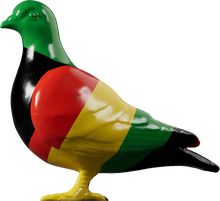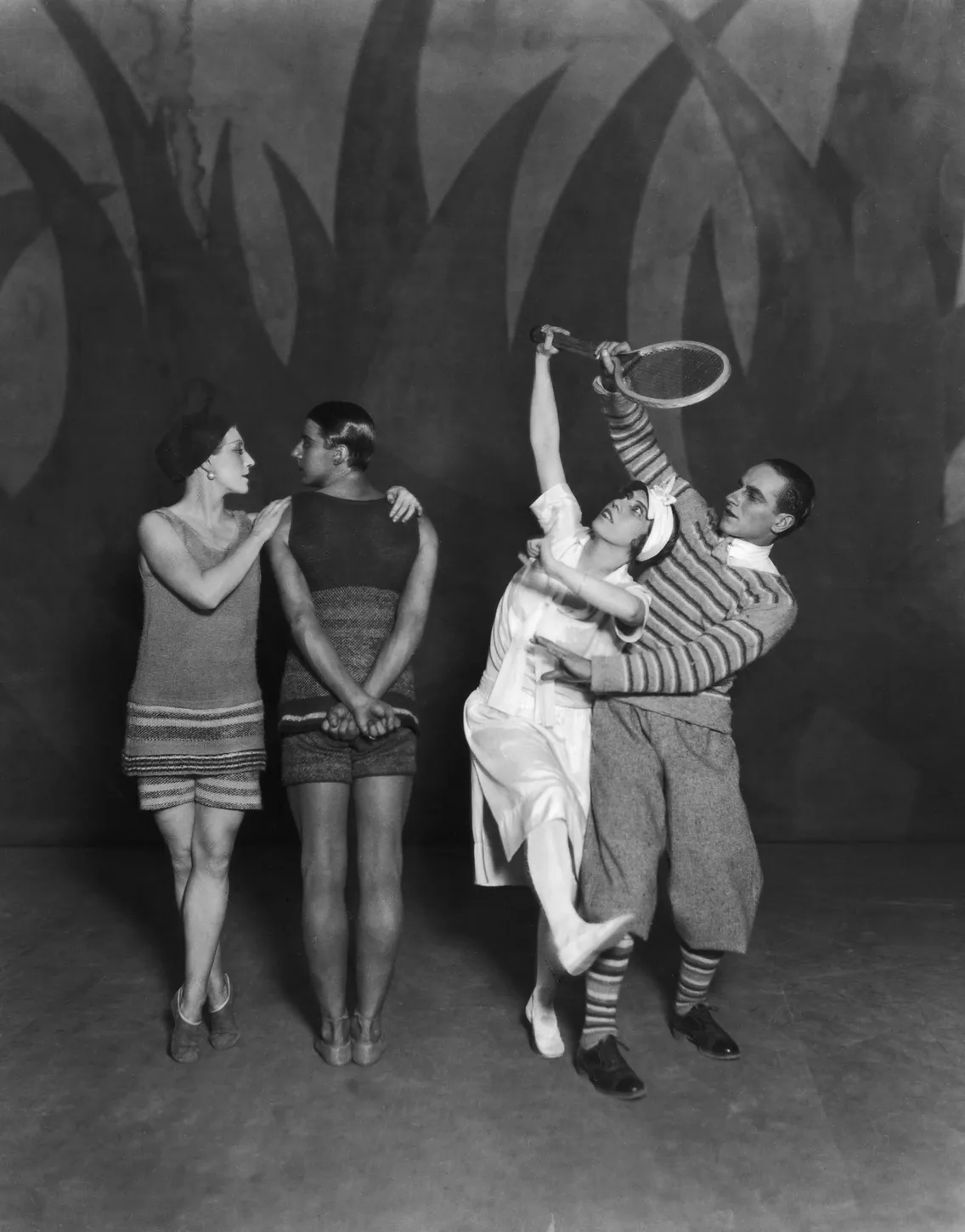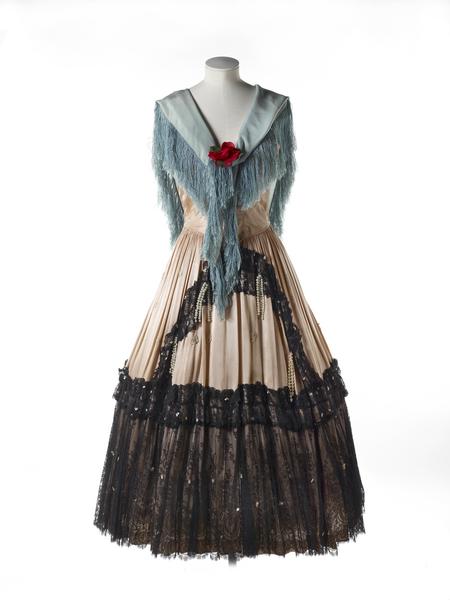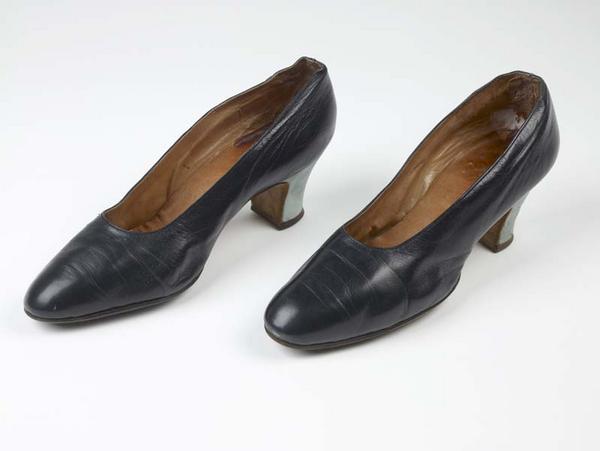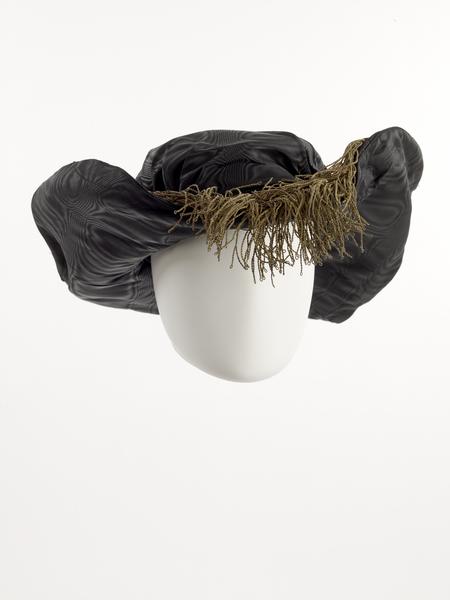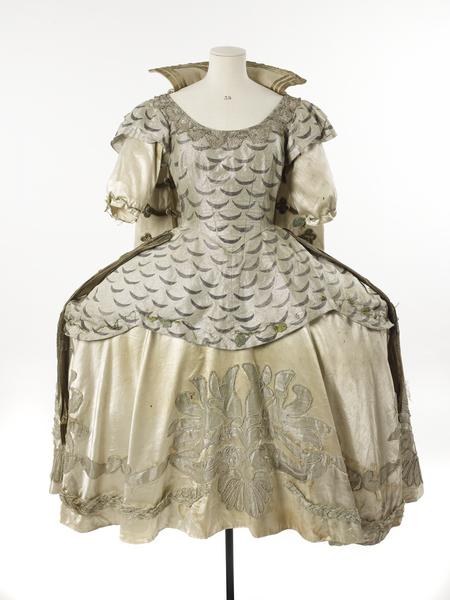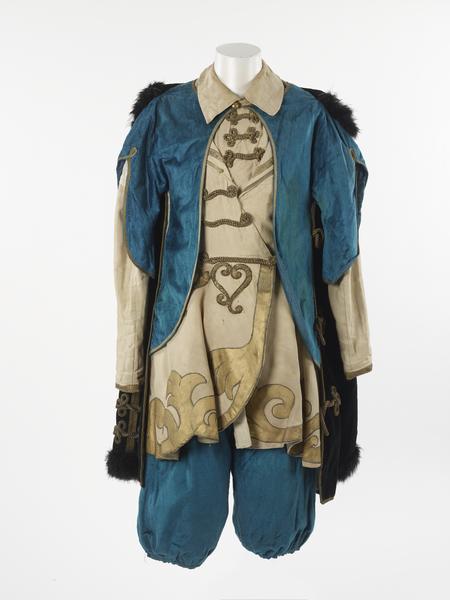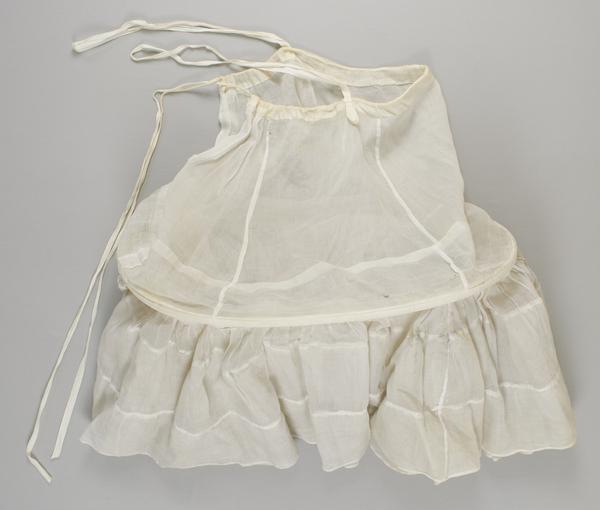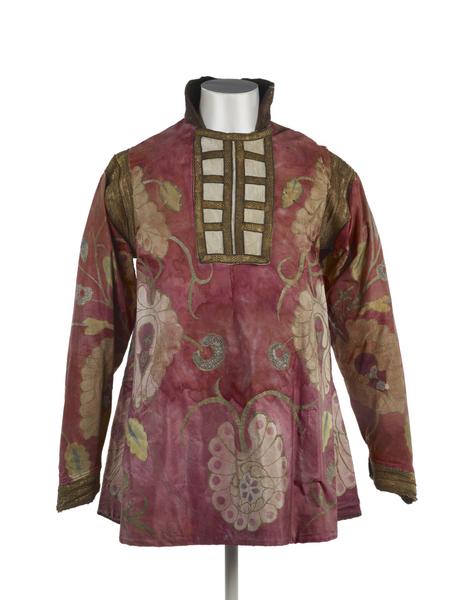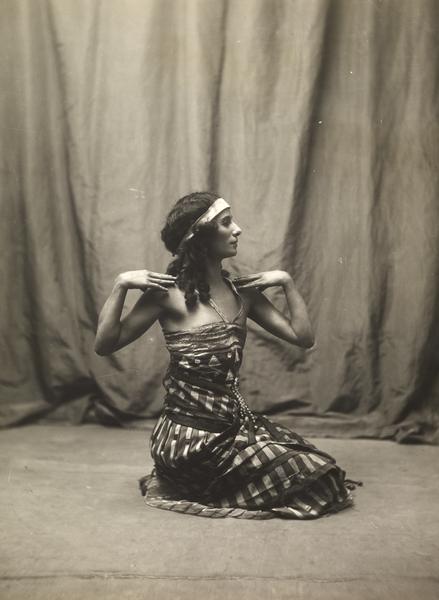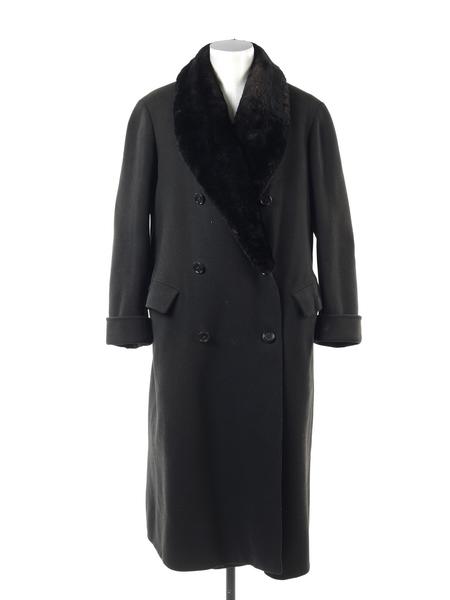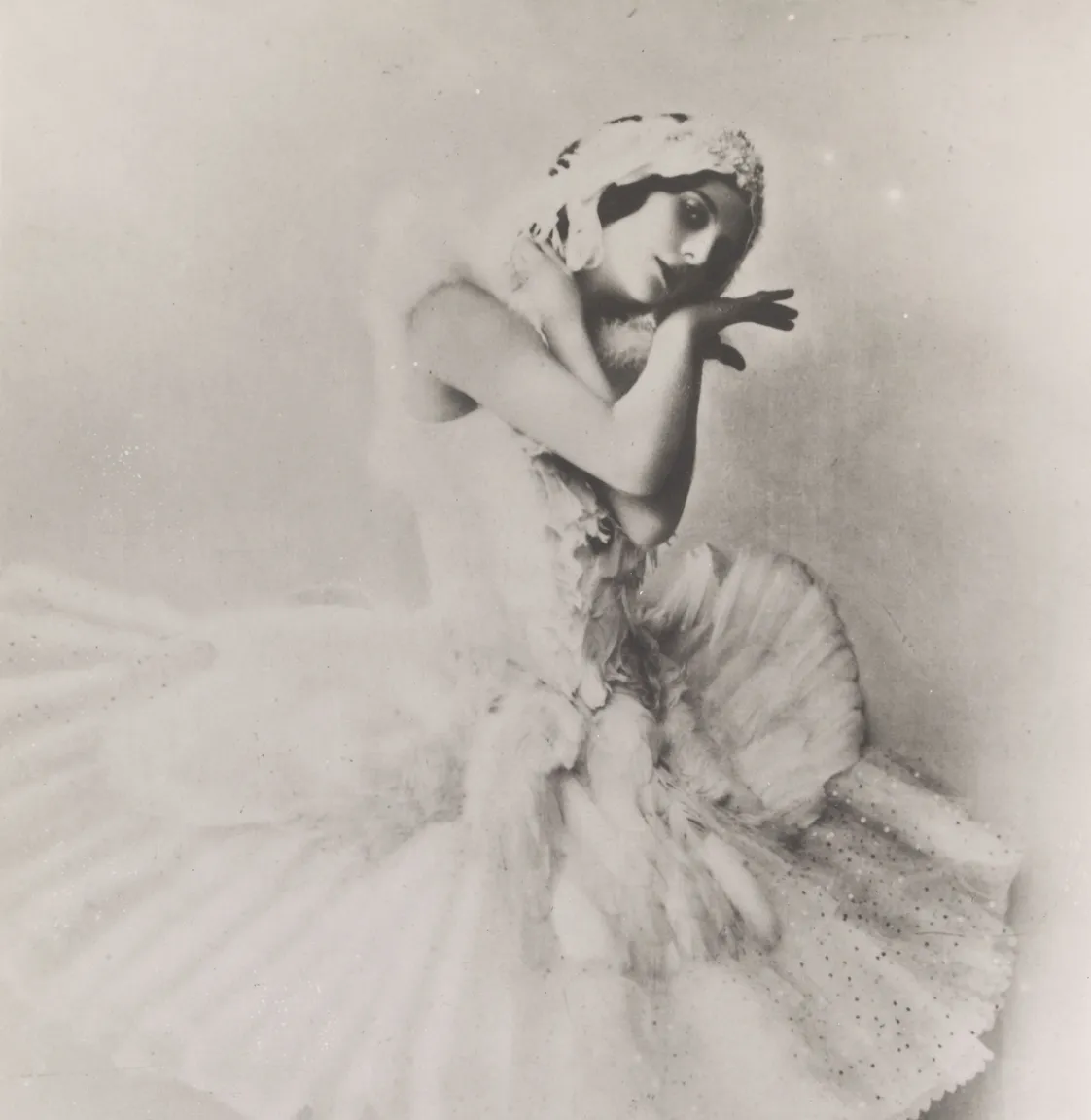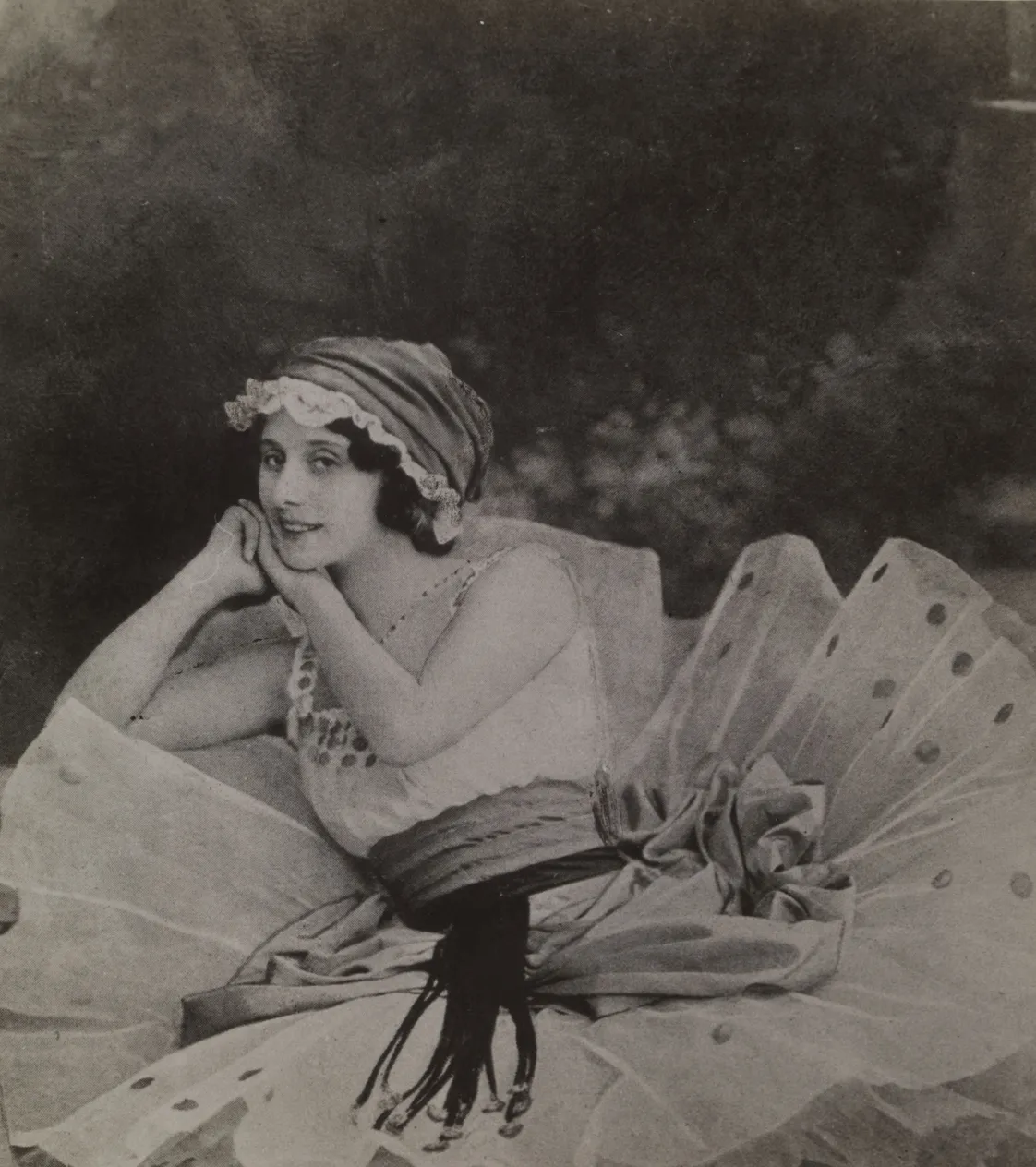The Ballets Russes in London
Founded by Russian impresario Sergei Diaghilev, this radical touring ballet company fused choreography, music, fashion and art into a theatrical sensation. And it took London by storm.
City of Westminster
1909–1929
Pushing the boundaries of ballet
The Ballets Russes were one of the most influential dance companies of the 20th century. Active between 1909 and 1929, it showcased Russian talent and culture. But with Sergei Diaghilev at the steering wheel, it also embraced collaboration with artists, composers and choreographers across Europe, including Pablo Picasso and Coco Chanel.
The company took their experimental and expressive form of dance all over the world. But almost half of its performances took place in London. Audiences in the capital embraced this new direction in ballet. And wealthy patrons funded their ambitious projects, with many Ballets Russes productions premiering here.
Why was Sergei Diaghilev’s Ballets Russes so important?
The Ballets Russes provided something radically new to ballet. With striking set and costume design and experimental productions, these ballets were charged with energy and sensuality. The company toured Russian talent and culture across the world, helping to launch the careers of dancers like Anna Pavlova and Vaslav Nijinsky.

Anna Pavlova and Vaslav Nijinsky in Le Pavilion d'Armide at the Maryinsky Theatre, St Petersburg, in 1907.
It debuted at the Théâtre du Châtelet in Paris in 1909 and was an instant hit. The esteemed Michel Fokine dazzled audiences with an emotional approach to ballet choreography that emphasised the body’s natural movements. And artist Léon Bakst added to the show’s drama with elaborate, colourful set and costume designs.
The Ballets Russes launch in London
The Ballets Russes’ first performance in Britain took place two years later at the Royal Opera House in 1911, during the celebrations for the coronation of King George V. It kicked off a run of early seasons at the Covent Garden theatre for the next couple of years.
“London audiences have settled down calmly to a new development of the ballet”
Times, 1913
The company then performed Nijinsky’s groundbreaking ballet The Rite of Spring, composed by Igor Stravinsky, at the Theatre Royal, Drury Lane, in 1913. This was just weeks after its strange music and harsh, angular dance movements caused a violent reaction at the Paris debut. There was almost a riot.
By the end of its four runs, The Times reported how “London audiences have settled down calmly to a new development of the ballet”.
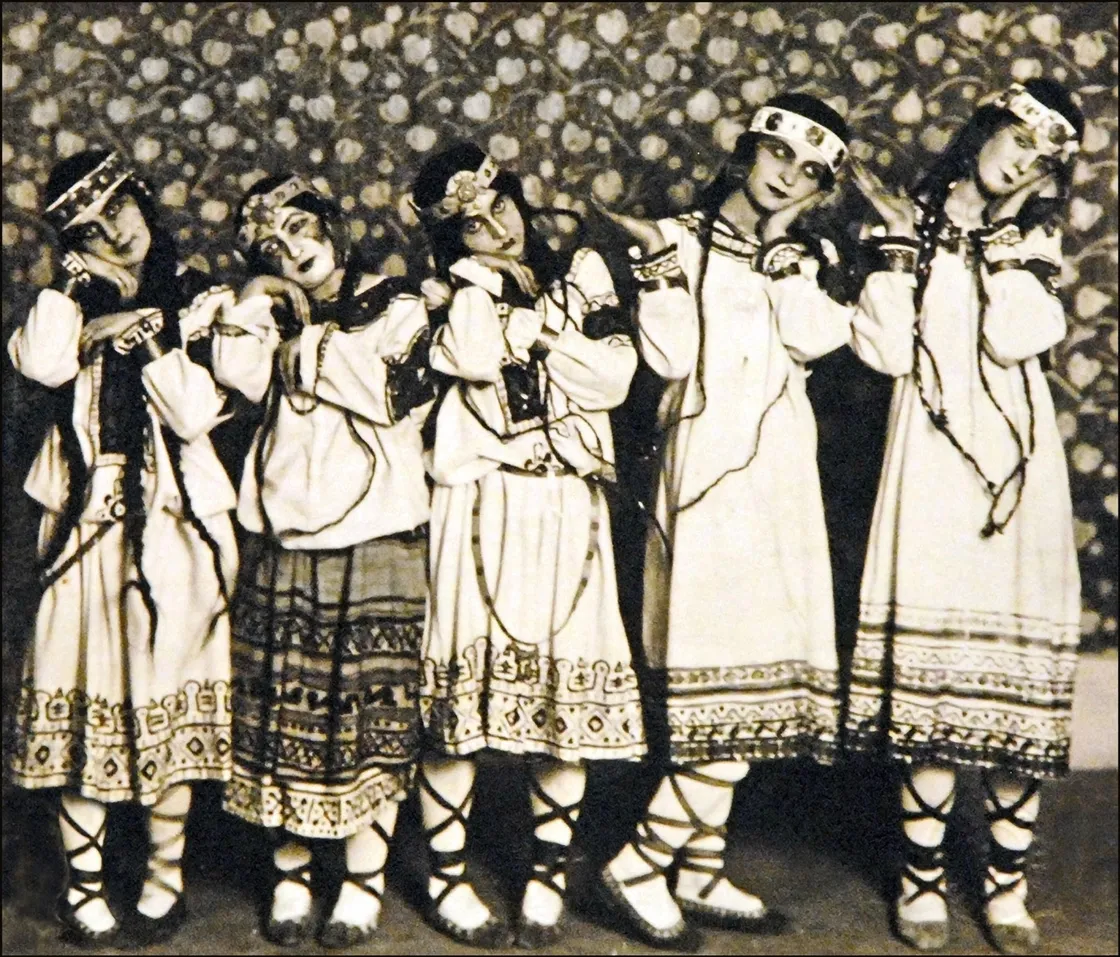
Dancers at the English premiere of The Rite of Spring in 1913.
Finding success in West End theatres
The Coliseum variety theatre, London’s main dance venue, helped the Ballets Russes get back on its feet after the challenges of the First World War. The company was invited to perform at variety shows there twice daily for almost eight months from 1918 to 1919. It returned for a number of seasons in 1925.
The Ballets Russes also had successful seasons at Leicester Square’s Alhambra Theatre and the Empire (now a cinema). Le Tricorne – with set and costume design by Picasso – debuted at the Alhambra in 1919. The ballet was “neither excelled nor equalled by any that this wonderful Diaghilev company have put on”, The Times glowed.
During these performances, Diaghilev and other leading Ballets Russes members would often stay at the The Savoy hotel on the Strand. And many Soho businesses like the costumier Alias and the shoemaker Gamba supplied the wardrobe, props and makeup for their performances.
“Diaghilev attempted his most ambitious project: a ballet that could run forever”
The struggles of The Sleeping Princess
It was in London in 1921 where Diaghilev attempted his most ambitious project: a ballet that could run forever. Named The Sleeping Princess, the full-length ballet was financed by a generous £20,000 from theatre impresario Oswald Stoll.
Diaghilev splurged on the production. Six complex sets and nearly 300 opulent costumes were made between workshops in London and Paris. The ballet opened at the Alhambra Theatre on 2 November. And initially, it was a great success.

Souvenir programme for the premiere of The Sleeping Princess.
But the production needed to run for six months to break even. Sales began to drop the following January. The ballet closed on 4 February 1922, leaving the company in debt. Bankrupted, almost. It was given a month to leave the theatre and didn’t perform again in London until late 2024.
Still, after racking up 105 consecutive performances, The Sleeping Princess is still one of the longest-running ballets ever performed on the West End. A number of the Leon Baskt-designed costumes are in our collection.

